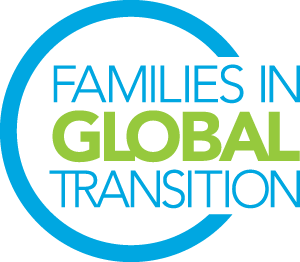
Chimps have a mental, detailed map of their ‘neck of the woods’. It’s a matter of survival: they have to be able to remember where they found those berries last year and how long it takes to get to safety from any other place.
Although we no longer need it for our daily survival needs, the human brain is wired to make, and retain, a map of our surroundings. And that is why, when we move to a new place, we don’t feel settled until we have developed that map. An article in the National Geographic of June 2014 states, “Each of us constructs a sort of geographical-highlight map of the places we’ve lived.” (p4)
A friend of mine came back from Abu Dhabi where she and her family will move to live this summer. When they went house hunting, her husband had his priorities clear. Looking at the map he said,
‘Here is the Starbucks. Let’s take a 10-minute walking radius around this point and see if there is anything available we like.’
She wondered if they shouldn’t look near his work or her work or the school for the kids. ‘We’ll work that out later. As long as we can walk to the Starbucks….’
Basically, the Starbucks is his safety retreat, his secure nest in the big Ironwood tree in times of stress and danger on the forest canopy floor.
It’s a smart thing to do when we set out to find a house in a new place – decide what you want to be near and start from there. If you know what you want you can work to making it happen: the quicker your map is designed, the quicker you will feel ‘at home’ in a new place.
I bet that this desire to feel settled explains why we humans are creatures of habit. There can be 10 grocery stores near us but we often keep going to the first or second one discovered, over and over again, as if the wheels of our chariot dig a path deeper into known territory. You notice this when you move to a new house in the same city. Suddenly you can’t figure out how to get anywhere because your point of departure has changed. And you discover a new restaurant around the corner from the office because you arrive at the front door from a different angle. The restaurant was always there but your chariot’s ruts didn’t make it those extra 50 meters.
Our first weeks in a new place are busy and emotionally intense, but I think the experience is far more physical than we realise. We are conscious of the mental effort we make as we settle, but at the same time, our bodies are subconsciously doing just as much work, adjusting to differences between here and back there, and noting it all down in what will become our physical mental map of this ‘home’.
If I see a picture of Hanoi, Vietnam, I’m transported there, not just in a visual memory, but physically, even 14 years after leaving the country. I can hear the whining rumble of thousands of motorcycles on the main road around the corner from my house, smell the fish sauce in the air around lunch time and feel the humid air that makes my t-shirt cling to my skin.
As we settle our senses make deep subconscious impressions of our environment that stay with us forever. Perhaps this is a survival mechanism we inherited from our ancestral tribes of nomadic apes: we global nomads create a single meta-map of past and present homes. The maps help us learn from similarities and differences, remember our past in a ‘3D’ way and therefore thrive in our international world.
Contributed by Diane Lemieux, a Canadian/Dutch writer who has lived in 11 countries and speaks 4 languages. Her latest book is The Mobile LIfe: a new approach to moving anywhere. Find her blog at http://diane-lemieux.com/mobilelife/

